Used to be that I was totally convinced that Specialized was the most evil empire in cycling. Their distasteful use of lawyers, their insane and bewildering lineup, and the very real possibility that they exist because Mike Sinyard may have sent an early Ritchey frame to Taiwan to be copied and become the seminal Stumpjumper, just made them a company that was impossible to like.
TREK was just never particulalry exicting. Any of their bikes that I liked, I liked because of a general love of bikes from 1990 to 1992. For instance, a '91 TREK 990 is cool, but I like it because of a general affection for the Shimano M730 XT group, tanwall Panaracer Smoke tires, and TruTemper tubes.
You can find all that stuff on a Marin Team Issue, Diamond Back Axis, or a Specialized Stumpjumper too. TREK's branding was dull, their frames were dull, they never had a cool headtube badge, or a cool backstory. They felt like they were focus-group driven right from day one.
Slowly and quietly, TREK has stolen the crown of Worst Bike Company Ever from the big S. They started on this process way back in the early 90's, and they did it in such a quiet way that I'm not sure people even know it happened. And if they did, they've probably forgotten.
Well, TeamCow remembers.
Let's start with Klein. Gary Klein built bikes from aluminium, starting up his business in the early 80's after building a frame as a graduate project at MIT.
When I first saw his bikes, they felt like the Lamboghinis of the bike world. Compared to a steel tubed Bridgestone or Specialized for instance, the fat tubes, square chainstays, rediculous Strata fork, sealed and non-serviceable headset, and 'Mission Control' bar/stem combo on the Klein Attitude - well, it was like alien technology.
In 1995 Klein sold his buisness to TREK. At the time, he described the company as been in-between - too big to be full custom, too small to make big production runs, and hooking up with Trek could improve his dealer network. In this terrific interview, he also says he felt that Trek was buying his engineering expertise, only to find that they were really buying his name.
The last bike Gary Klein was involved with was the Pave road bike with radical shock absorbing seat stays. A bike that according to the Internet, doesn't exist. I had never heard of it before now, and I can't find any pics of it.
By 2008, TREK had aparently decided Klein's name wasn't worth anything anymore, and stopped making Klein bikes, which it had been doing in Wisconsin since 2002. Ultimately, they were simply two very different operations. Klein relates a story of being in a meeting where the TREK people were trying to figure out what frame they could use to sell a groupset. The focus for them was making money off the parts. They bought up a guy that studied aluminum frame design at MIT so they could sell all their Deore groupsets.
His bikes were weird, but there were good reasons for the weirdness. Look closely at the seatstays right below the brakes in the pic above. Thinner tubes near the lower section to provide a bit of give and a better ride, thicker tubes near the top to provide a stronger platform for the brakes. It can't be seen so well here, but the brake bosses were aluminium and bonded and screwed to the frame, so that there wouldn't be potential damage to the seatstays from welding the bosses on. The dropouts, quite often a place where a builder would leave his or her mark and show just how artful they can be, are ugly as hell. But they needed to be they were for the seatstay thing to work.
He designed the bold together fork crown that was used on the Rock Shox RS-1, helping to kick start the suspension revolution. He cut down Mavic MA-40 road rims to 26" size because wide heavy rims at the time sucked. He did a lot to improve mountain performance in the early 90's. But, being all-in on steel, and maybe not so big on rear suspension, worked against him. He sold the company to TREK in 1995, and they shut down Bontrager frame production in the late 90's.
His story has maybe the best outcome of all here, as he continued to work for TREK designing parts, and the Bontrager name is still a thing with TREK. I can't help but laugh that on the Bontrager part of the TREK website, you can "Meet the Brand." I doubt Keith thought about "the brand" when he designed his frames.
I've written a lot about Gary Fisher in the past, so I'll be brief here. Fisher is widely considered to be one of the fathers of modern mountain biking. Along with Charlie Kelly and Joe Breeze, their modifications of Schwinn cruisers to race on the legendary "repack" downhill course on Mt. Tamalpais in Northern California, led to the mountain bikes we ride today.
In more ways than one in fact, as he was also a pioneer of of 29" wheels. Gary didn't weld up frames himself, but he knew what worked, and his bikes were terrific. He sold the company in the early 90's, and it sold again in 1993 - to TREK.
They continued as a separate entity from TREK until 2010 when Trek folded the Fisher line into the TREK lineup, as the Gary Fisher Collection. Then in '13 or '14, Fisher was simply gone.
Gone.
No fanfare, no press release, no nothing - just gone. They did steal some names - Marlin, Procaliber, Supercaliber, Roscoe - and a colour scheme, as the Procaliber is yellow, orange, and black like the bike above. But otherwise, it's like Fisher mountain bikes never existed.
Gary Fisher still posts on Instagram seemingly as a TREK employee, which is just really sad to me. His contributions can't be measured, and TREK just washed them away.
So are these reasonable reasons to dislike a company? I don't know for sure. As I mentioned at the top, TREK just never appealed to me, so when they are taking down companies that are innovating so they can make money, I'm not with that.
I am with that red 8000 at the top of the post though - that thing is HOT.
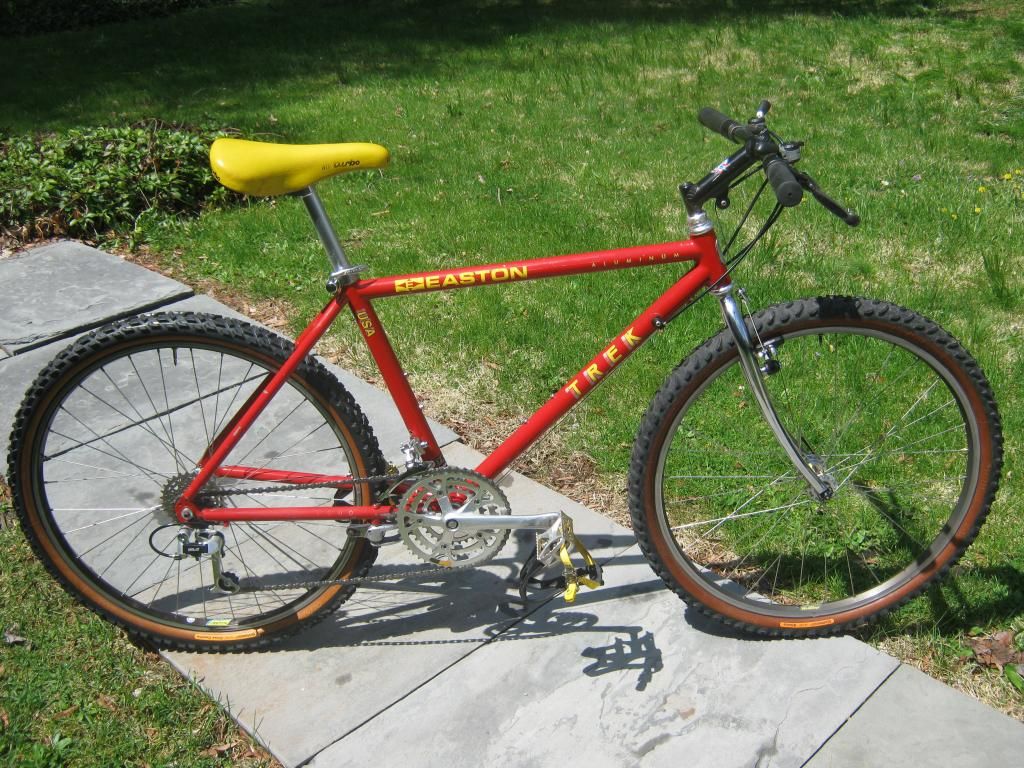
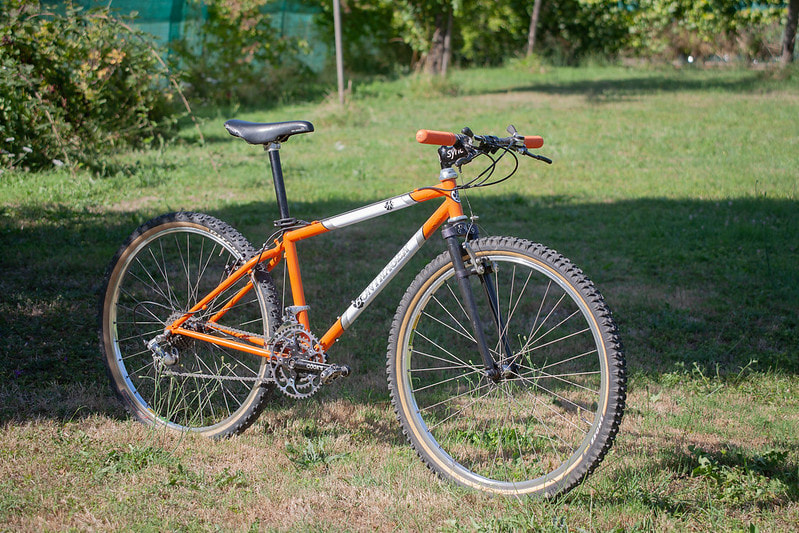
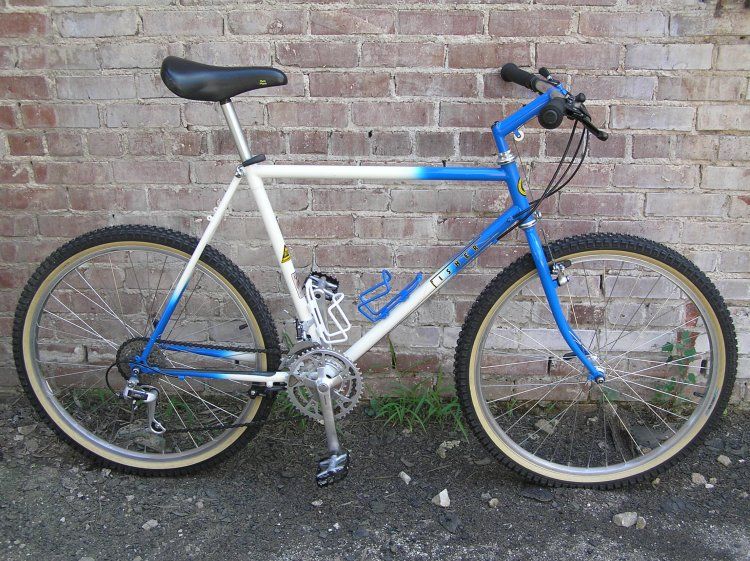
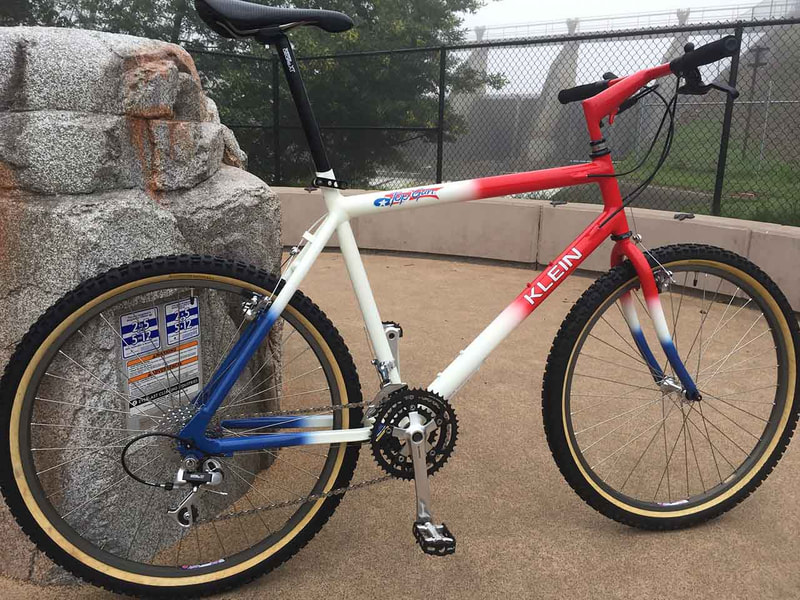
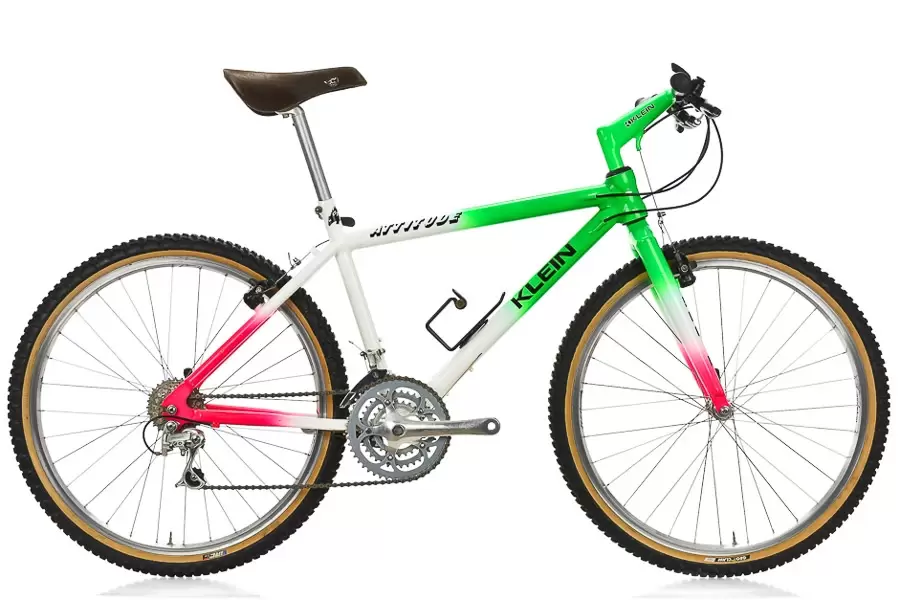
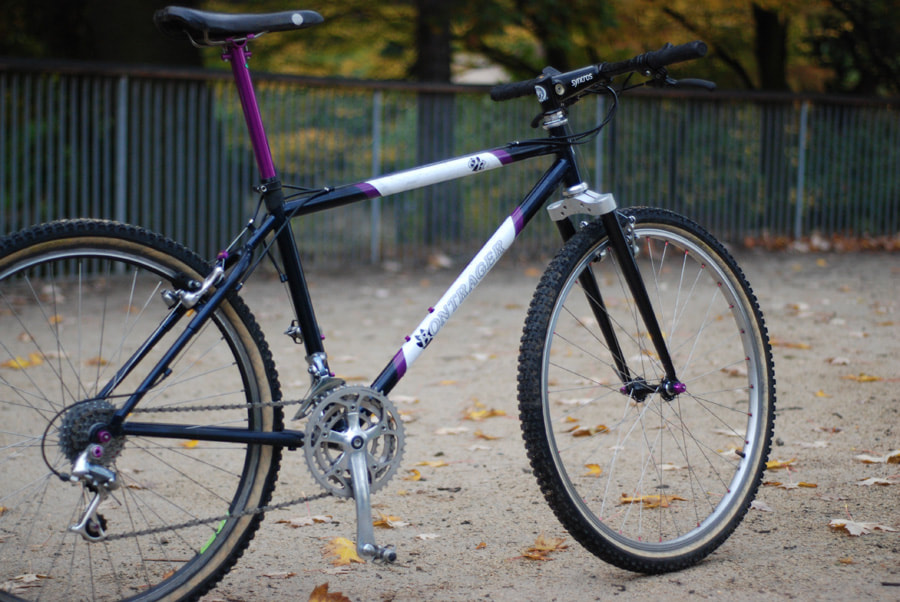
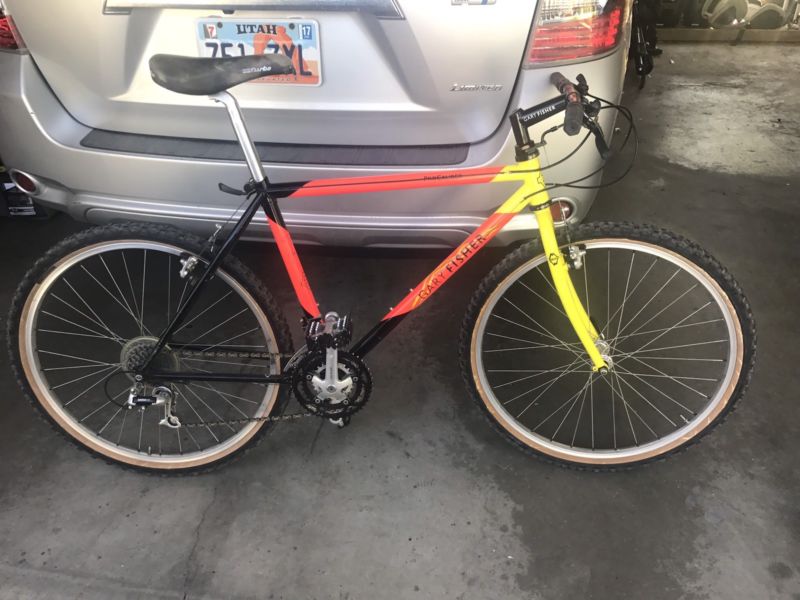
 RSS Feed
RSS Feed
